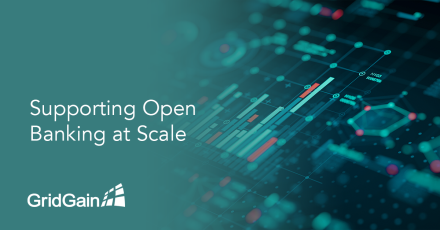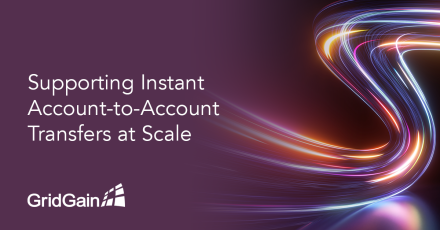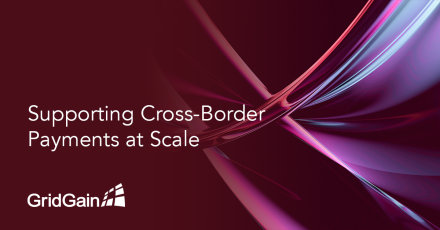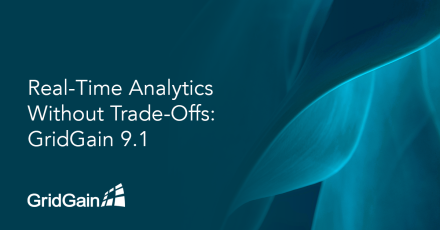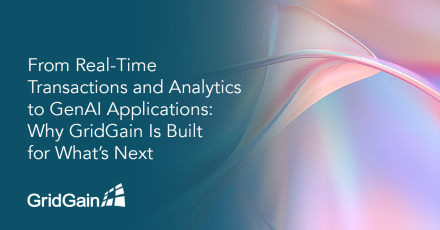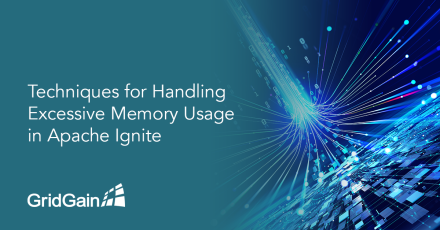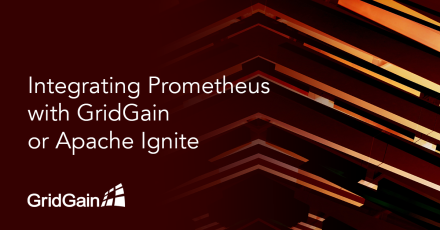GridGain Blog
Over the last decade, many enterprises have made great strides in achieving the real-time processing of massive amounts of data. Today, however, generative AI (GenAI) and agentic AI applications require even more data from more sources, along with context engineering, dynamic data interactions, and more intensive data analysis – placing even greater demands on the data infrastructure.To create AI…
In recent blog posts, my colleague discussed how advances in technology, consumer demand, and government regulations are poised to transform the payments industry in three critical areas:Instant account-to-account (A2A) transfers, moving money directly from one account to another, eliminating the need for intermediaries like credit card processing and bank checks. Apple Pay, Google Wallet, and…
We're excited to share that Blocks and Files has published an interview with GridGain CTO Lalit Ahuja on the topic of GridGain’s applicability to AI inferencing.Achieving real-time inferencing for predictions and insights demands ultra-low latency access to massive and often dynamic datasets. The GridGain Platform provides a distributed memory space across clusters, with the unique ability to…
Open banking is a simple, secure way to help consumers and businesses to move, manage and make more use of money. Every time you make a digital payment – for example, using Apple Pay, Google Wallet, Venmo or other similar apps – to pay for a product or service, you’re relying on the new “open banking” framework to initiate an instant account-to-account (A2A) transfer to move money directly from…
The demand for instant account-to-account (A2A) transfers is growing rapidly. Unlike the processing of credit cards and bank checks, A2A is a direct transfer of funds from one account to another, whether person to person, person to business, or business to business. Apple Pay, Google Wallet, Venmo and other similar apps are examples of leveraging open banking to enable A2A transfers. The key…
Cross-border payments are financial transactions requiring a transfer of funds across international borders, whether purchasing goods directly from a company in another country, sending money to a friend abroad, or paying an international supplier for industrial goods. These transfers often require currency conversion, adhering to different regulatory frameworks, and working through different…
We’re excited to introduce GridGain 9.1 with powerful new capabilities for hybrid transactional and analytical processing. These features enable teams to run real-time analytics on live operational data – without impacting transactional performance.Traditionally, organizations had to choose between systems optimized for transactions (OLTP) and those tuned for analytics (OLAP). Maintaining…
In today’s data-driven world, processing speed and instant insights matter more than ever. The GridGain data platform is purpose-built to power real-time, highly scalable transactional, analytical, and AI applications — delivering consistent processing and contextual intelligence that modern businesses demand, all at low-millisecond latencies and massive scale.The distributed, in-memory multi-…
When your Apache Ignite cluster is using excessive memory, Ignite provides various techniques to enable you to handle the massive volumes of data generated by your applications and services. While the common advice is to "throw more resources into the cluster," it is often not practical or feasible to instantly scale out a cluster. Typically, an Ignite cluster with a specific memory capacity is…
OverviewPrometheus is a popular monitoring tool that is supported by the Cloud Native Computing Foundation, the group behind Kubernetes. We often see Apache Ignite and GridGain users seeking to integrate Prometheus with their clusters in order to augment critical or cluster monitoring. This post provides hints about how to integrate Prometheus with Apache Ignite and GridGain.Prometheus…





